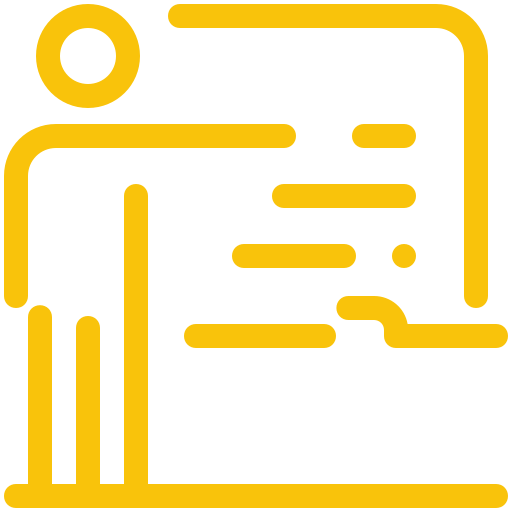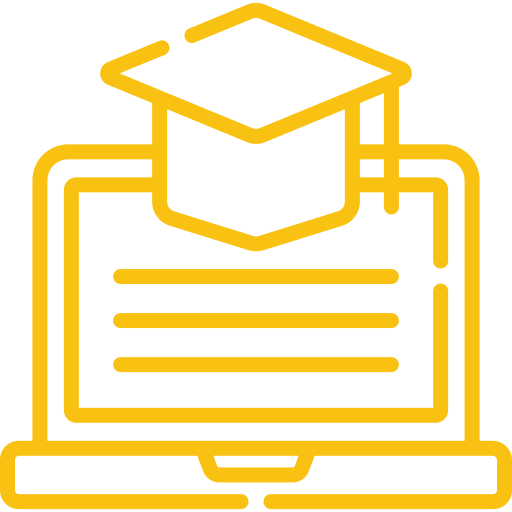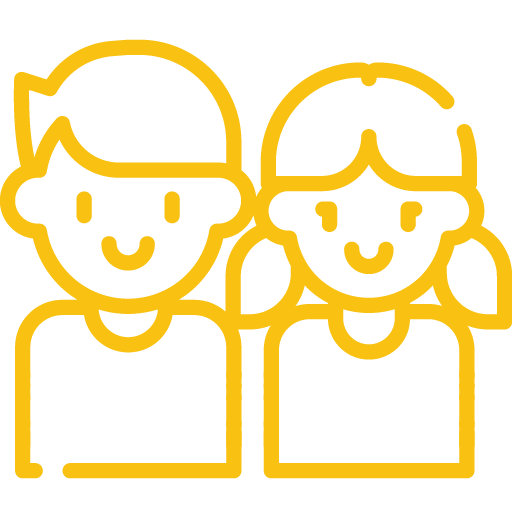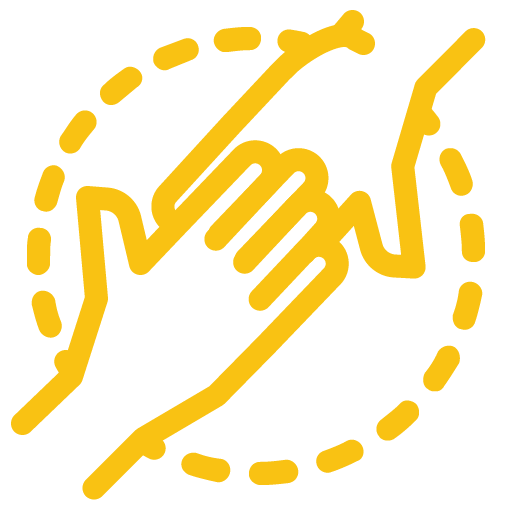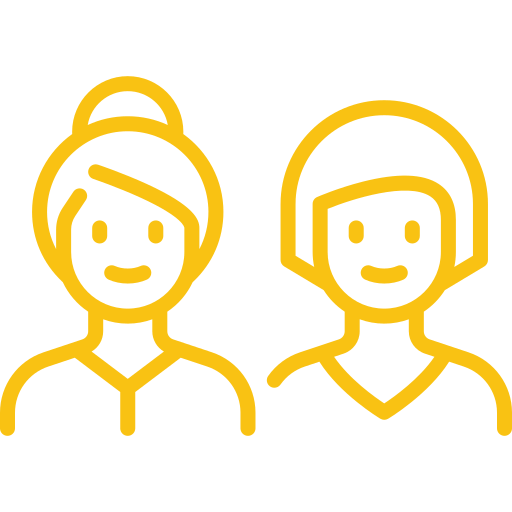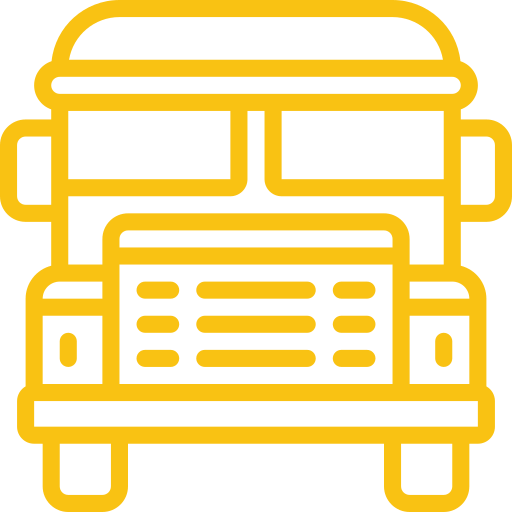By Jacqui Murray
The first thing most teachers think about when discussing gamified learning is the online math games kids play. Maybe Vocabulary.com and its spelling games come to mind next. But those webtools exemplify where the gamification of education started. Their approach is good but way down the SAMR pyramid to what can be done today, easily, in classrooms.
Let me step back a moment to explain the SAMR Model as it applies to the use of technology in education. It is used to discuss the implementation of technology in the classroom by organizing tech-in-education tools into four categories or types of usage:
- Substitution: Technology is a direct replacement for something, e.g. ebooks in place of print books or online math drills in place of worksheets.
- Augmentation: Technology not only replaces a traditional tool but adds functionality, e.g. using Google Earth to explore the setting of a story rather than a map
- Modification: Technology allows for a significant change, e.g. using screencasts to explain a process.
- Redefinition: Technology allows for the creation of completely new ways of learning that were previously not possible. e.g. using virtual meeting tools (like Google Hangouts) to include housebound students in a class.
The SAMR Model directly relates to the evolution of games in education, from simply substituting online drills for worksheets to creating new ways to learn that students love. The gamification of learning became popular at first because students exhibited great aptitude and tolerance for learning new material when gameplaying, but the reason that popularity lasted is even more simple: Applying the characteristics of gameplaying to learning works! The most well-known example is the viral popularity of Minecraft and the way it has been applied to every academic corner of learning.
Here are some general ideas of how you can gamify learning in your class, on a budget and without extensive retraining:
Augmented Reality
In simple terms, Augmented Reality is “an enhanced version of reality created by the use of technology to overlay digital information on an image of something being viewed through a device (such as a smartphone camera)” (Merriam Webster). To students, it’s a game that wraps them in a fantasy world. It requires none of the tech hardware necessary for virtual reality. All you need is a special app that loads onto a tablet or smartphone. For more detail, read “How to Use Augmented Reality“.
Examples
Examples include Metaverse where teachers can create augmented reality experiences, Breakouts (see Breakout Edu below), Google Expeditions (see Google Expeditions below), and scavenger hunts.
Badges
Awarding badges for the accomplishment of steps or completion of skills has become popular in many schools. Student digital badges show knowledge they’ve acquired that can then be posted to their personal webpage, blogs, LMSs, or anywhere else that takes digital input. This is a highly-visible way for students to display their accomplishments and teachers to track achievement and is easier and more visible than the traditional awards and certificates that they replace.
Examples
Badges can be pushed out manually in programs like Badgr and Open Badges, automatically by programs like Credly or Canvas LMS, or formatively when students validate their knowledge such as a Google Forms add-on.
Breakout EDU is an immersive learning game platform that turns your classroom into an escape room where players use teamwork and critical thinking to solve a series of challenging puzzles that ultimately allow them to open a locked box. Games are available for all ages and content areas. Depending upon your approach, they can be run in a physical room or a virtual one.
Free alternatives
Tom’s Digital Breakouts offer free games this teacher created and freely shares with others. Subjects covered include ELA, Math, Science, History, and Digital Citizenship. He also offers a Digital Breakout Template that can be downloaded.
Geography has never been more exciting than when using the realism and authenticity of Google’s 800 virtual reality and 100 augmented reality tours offered through Google Expeditions (available as iOS or Android). Students can swim with sharks, visit outer space, turn the classroom into a museum, and more — as though they were there. Using Google’s Tour Creator, teachers can even create their own for free.
Low-tech alternatives
In place of these VR and AR options, teachers can gamify geography by joining a Game On event or by playing the Google Maps-powered Math Trail.
Quiz shows
Quiz shows are renowned for their use of competition, scores, and a public leaderboard to build excitement and collaborativeness. When those pieces are applied to a classroom, they promote learning in ways that make students want to engage. This can be a quick series of questions where answers are shared (anonymously) with the group, thereby assessing understanding while reviewing material. It can also be learning rote drills like math facts either as a competition against other students or with a leaderboard to share scores and completion.
Examples
Popular easy-to-use and intuitive classroom quiz show formats include Kahoot and Quizizz.

Virtual Reality
RealityTechnologies.com defines Virtual Reality as “A realistic three-dimensional image or artificial environment that is created with a mixture of interactive hardware and software, and presented to the user in such a way that it is accepted as a real environment…” Because it runs on specialized technology — a computer app, headset (like Google Cardboard), and input displays — it requires a dedicated budget that may or may not work in your school (click for more on how to get started with VR). Once these hurdles are achieved, VR is popular as part of an integrated enhanced learning program, for hyper-authentic virtual field trips, for special needs students, and to experience worlds you never dreamed you could.
Examples
Examples include apps like Tour Creator where students make a VR tour in Google and Titans of Space to visit the Moon
***
Whichever of these options works best for you, know that gamifying learning is here to stay because it’s affordable, popular, and works. What more could you ask?
More on SAMR and Gamification
Use the SAMR Model to Spearhead Technology in Your Classroom
How to Create a Tech-based Curriculum Using the SAMR Model
5 Resources to Gamify Student Writing
3 Apps Disguised as Games to Help Bolster Learning
Jacqui Murray has been teaching K-18 technology for 30 years. She is the editor/author of over a hundred tech ed resources including a K-12 technology curriculum, K-8 keyboard curriculum, K-8 Digital Citizenship curriculum. She is an adjunct professor in tech ed, Master Teacher, webmaster for four blogs, an Amazon Vine Voice reviewer, CAEP reviewer, CSTA presentation reviewer, freelance journalist on tech ed topics, and a contributor to NEA Today. You can find her resources at Structured Learning. Read Jacqui’s tech thrillers, To Hunt a Sub and Twenty-four Days.



